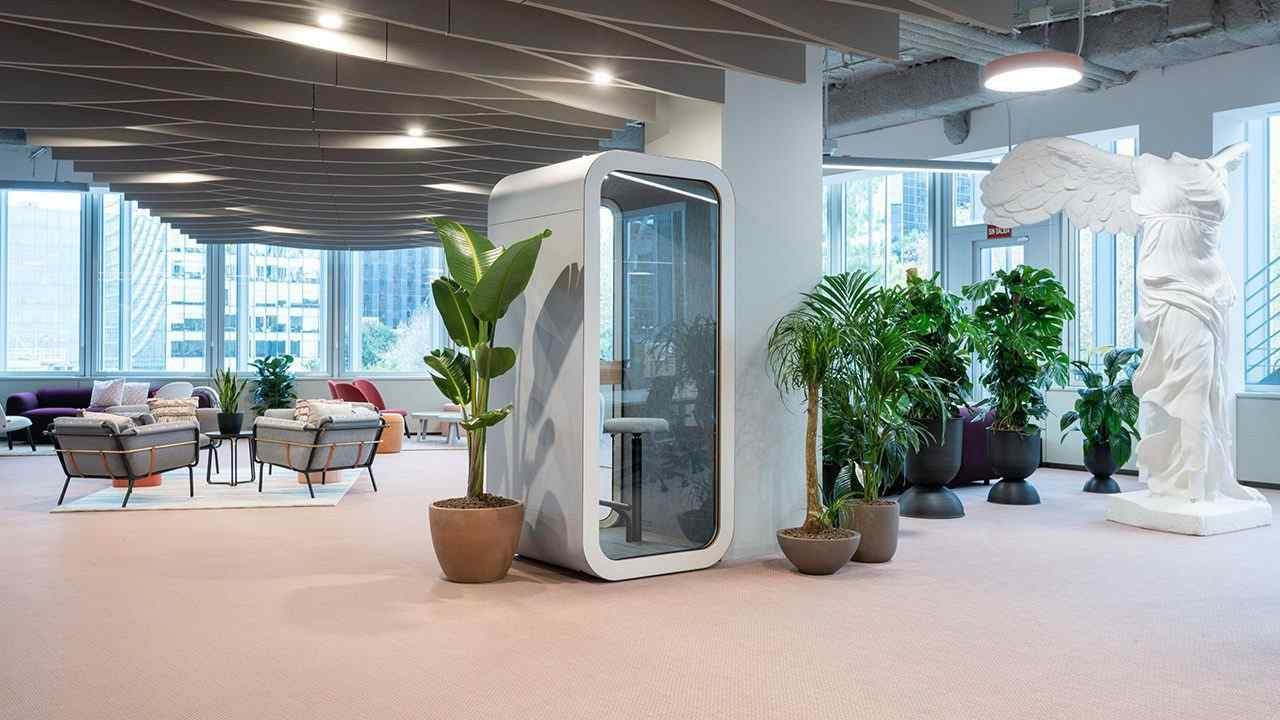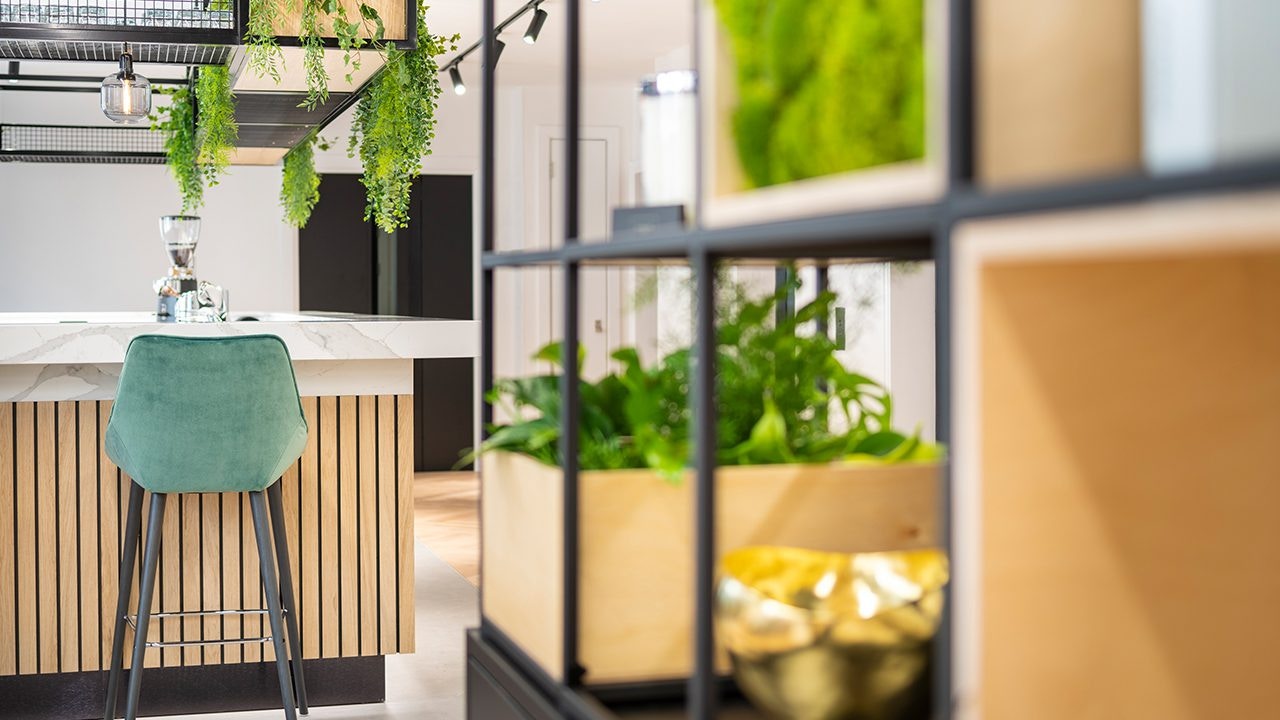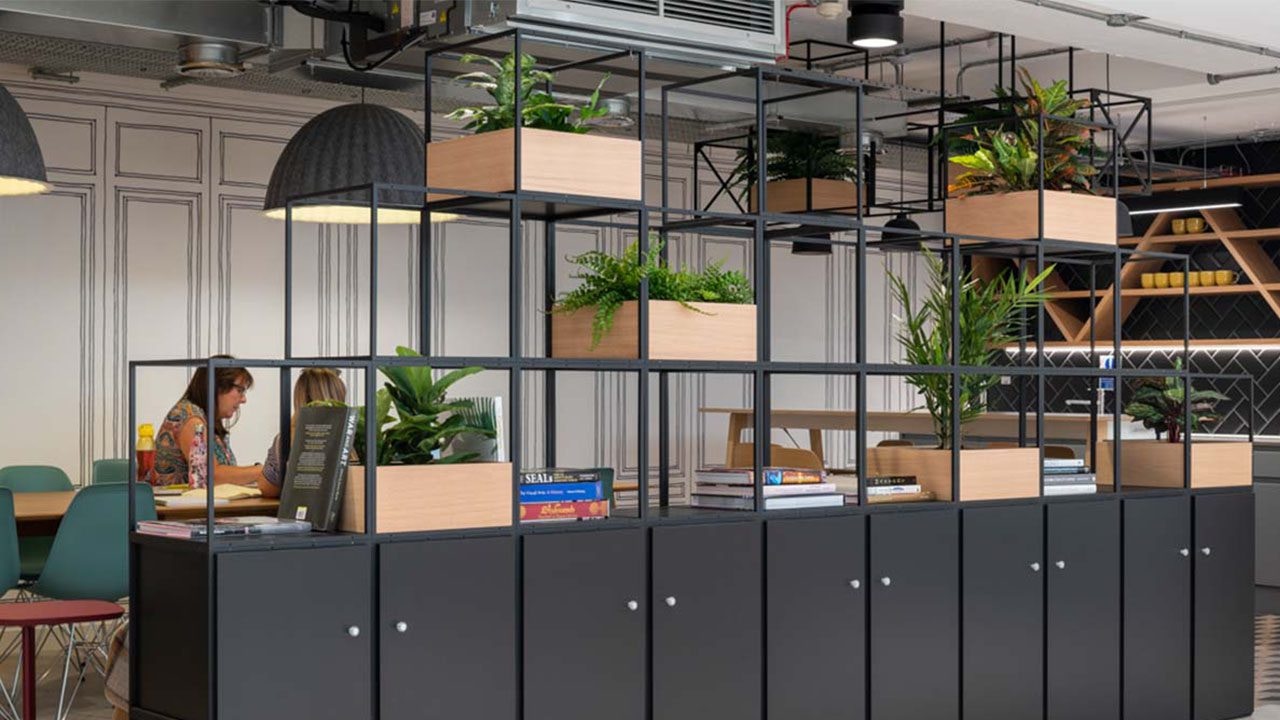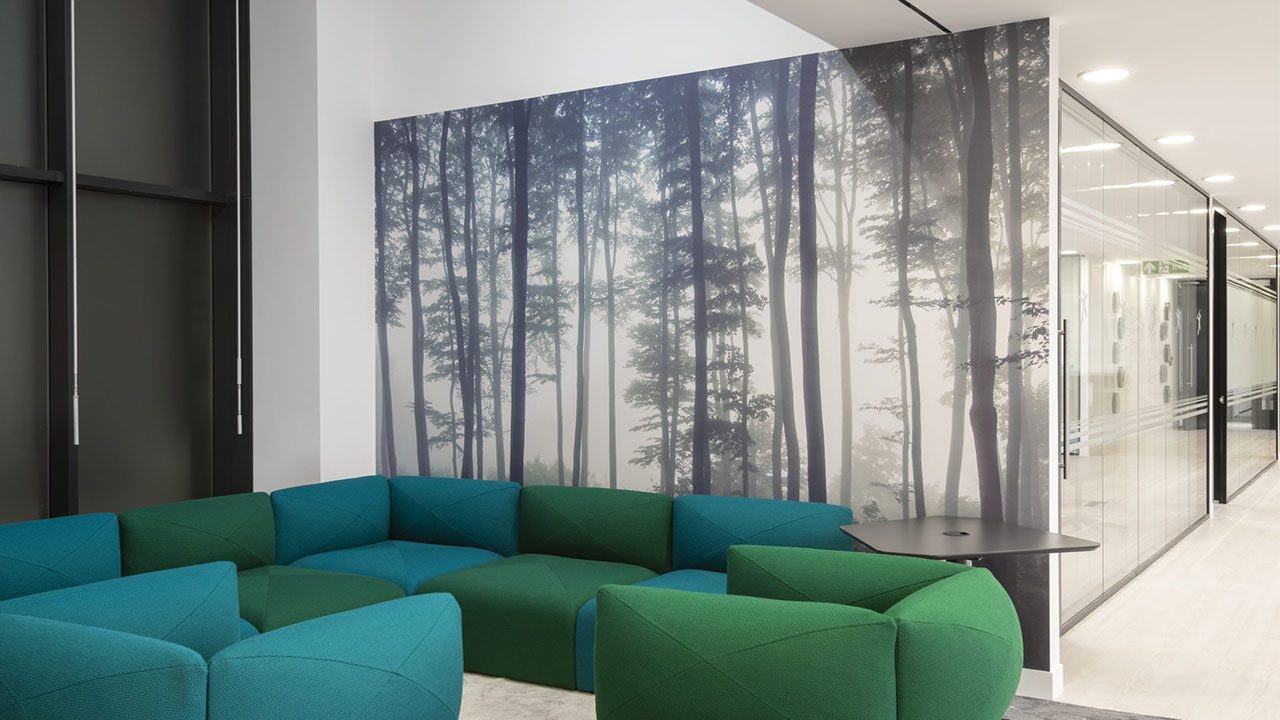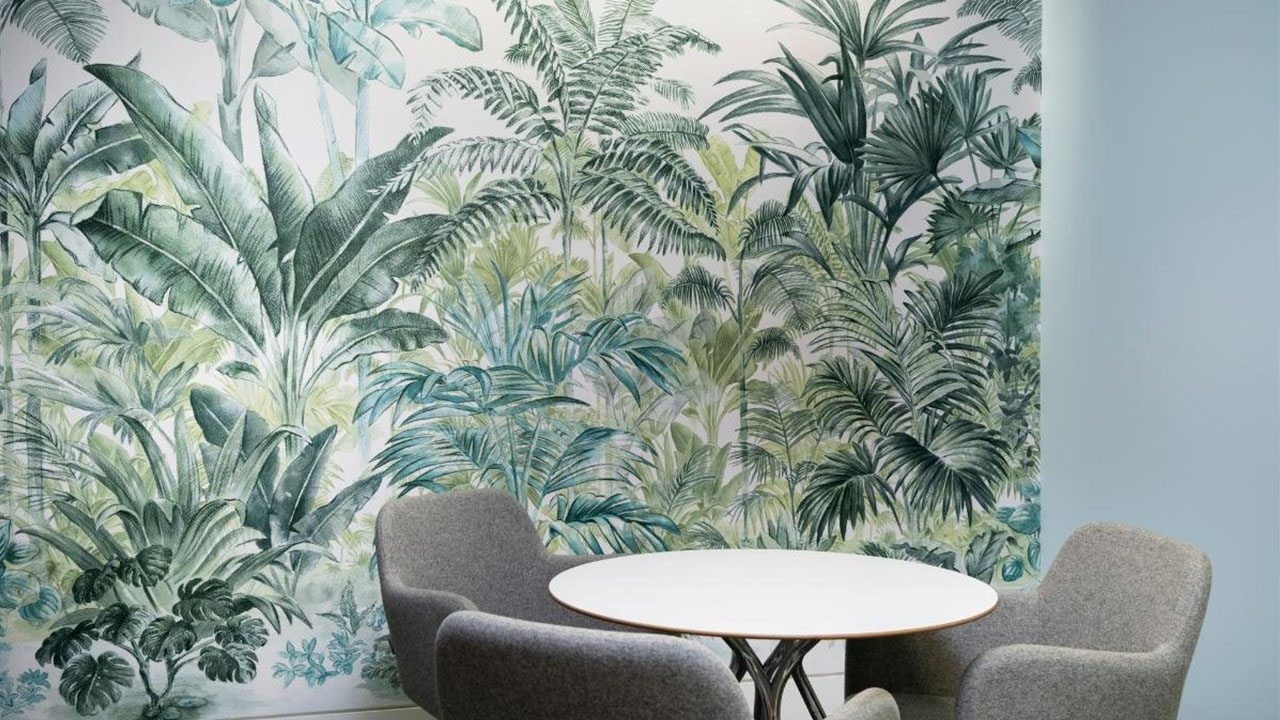This article looks at how the circular economy is redefining the way we approach office design and the fit out of office spaces. The circular economy is an innovative closed-loop economic system that encourages the reuse and repurposing of products and resources, helping reduce the waste in construction and fit out of offices.
Right now there are garbage patches in the Pacific Ocean totalling around 1.6 million sq square kilometres, an area twice the size of Texas, three times the size of France, or roughly 7 times the size of the UK. If that doesn’t scare you it should. Microplastics are found ingested in fish stocks in all oceans of the world, and therefore in all of our food supplies, affecting all of us.
